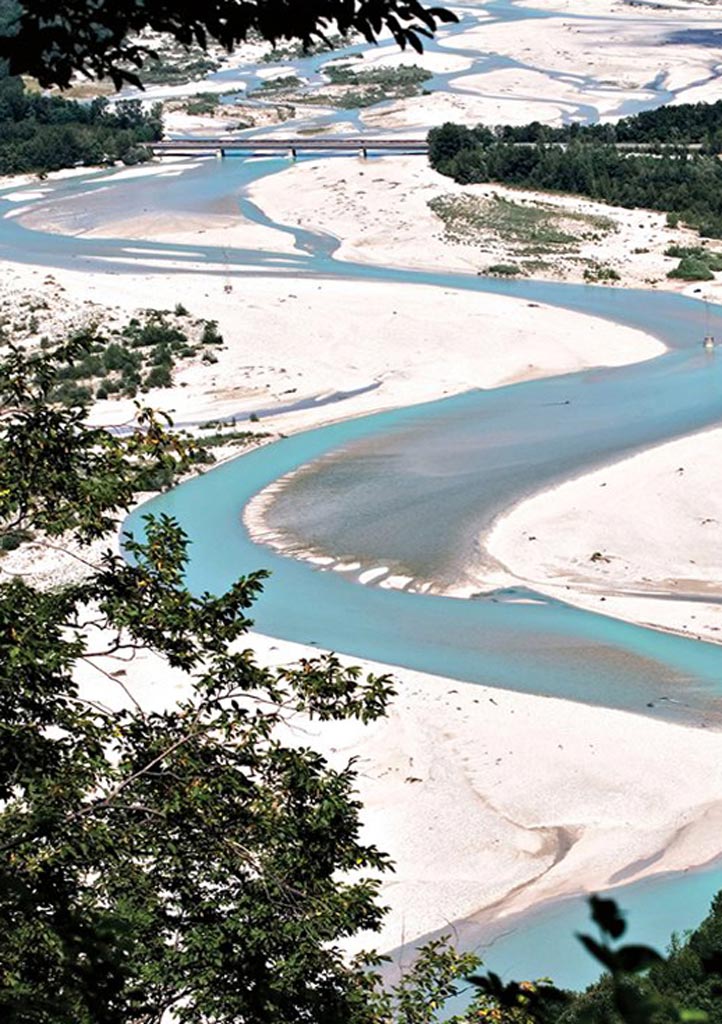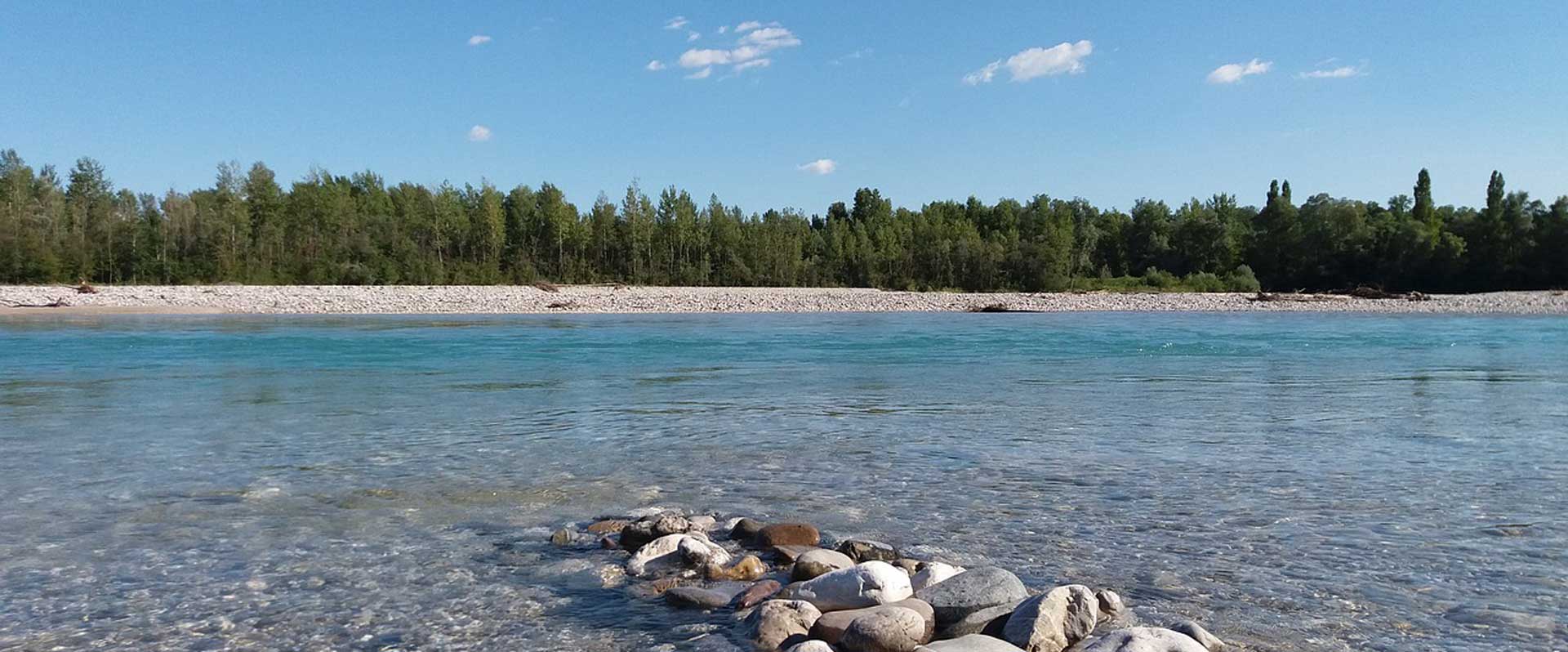
Varmo
An itinerary through waters, villages and poems
Varmo is a place celebrated by poets and artists, such as Belloni, Ermes di Colloredo and Ippolito Nievo, for the wonderful views it offers thanks to its proximity to the Tagliamento river and the river from which it takes its name. The historical architecture in the fraction of Marizza, the sacred monuments and the finds from the trenches enrich Varmo making it unique.
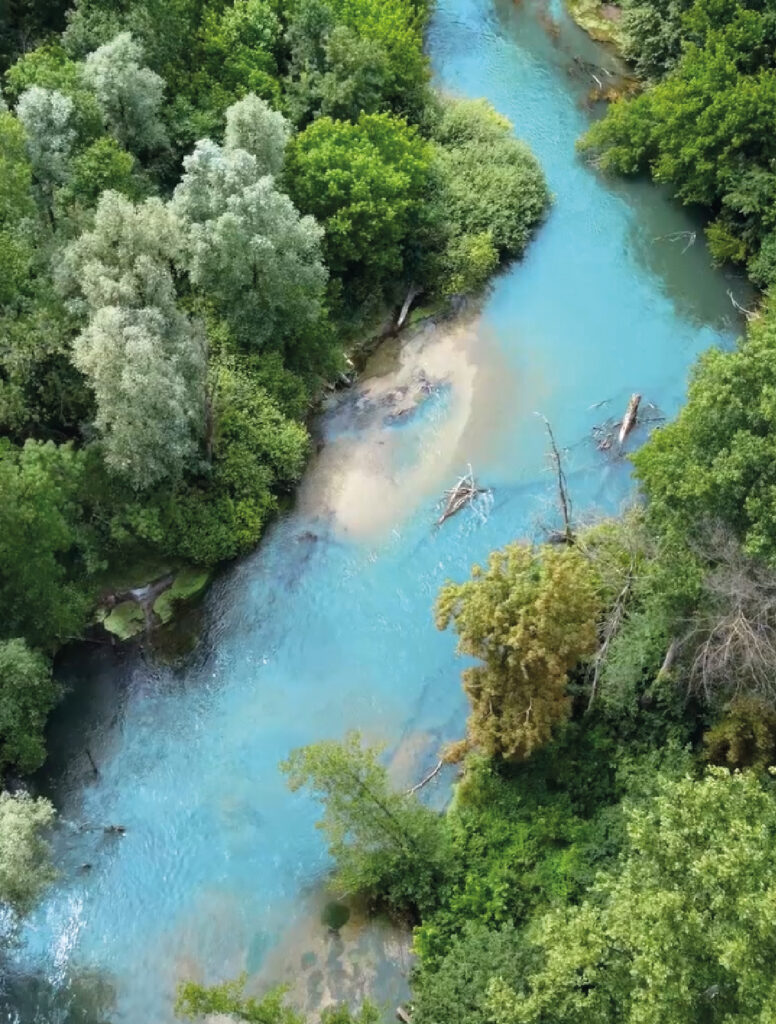
Stella River
The unique and uncontaminated nature, swampy areas rich in marshes of extraordinary beauty, and the beautiful parks of the Castle of Flambruzzo and Villa Ottelio Savorgnan in Ariis, touched by its waters, make the Stella a river full of charm. Once an important artery for transport and connection between the High and Middle Friulian plains and the sea, but also essential for war strategies, today the Stella is one of the most fascinating rivers in the Friuli Venezia Giulia region.
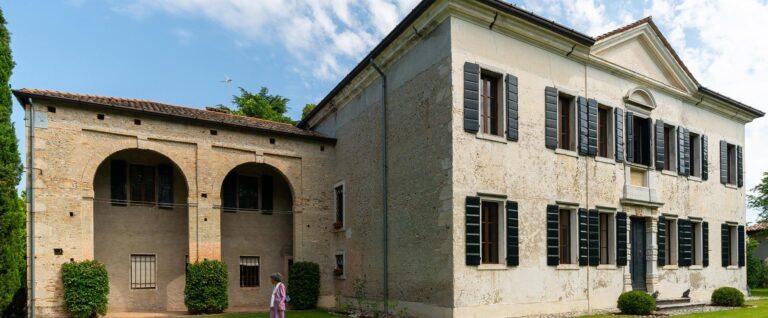
Villa Bartolini-Tammaro
Villa Bartolini-Tammaro is a complex that includes a Venetian villa of 1600, defined as Palladian architecture by some studies carried out by the University of Venice. Thanks to its size, the building can accommodate a few hundred people.
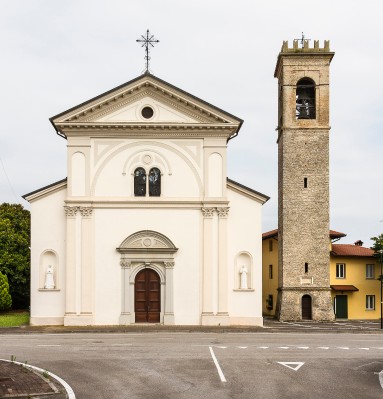
Chiesa di Santa Radegonda
The church in Madrisio, dedicated to Santa Radegonda, is ancient, as it dates back to the early Christian era; it was originally part of an ancient female monastery. After the Tilaventine flood of 1492, the church was rebuilt around 1535. The building has the same characteristics as the other churches in the area: their typical orientation and bell tower next to the façade. The main stone portal displaying the Ungrispach coat of arms has been preserved; the portal is part of the ruins of the castle, while inside there are the baptistery by Pilacorte and the altars by Tremignon.
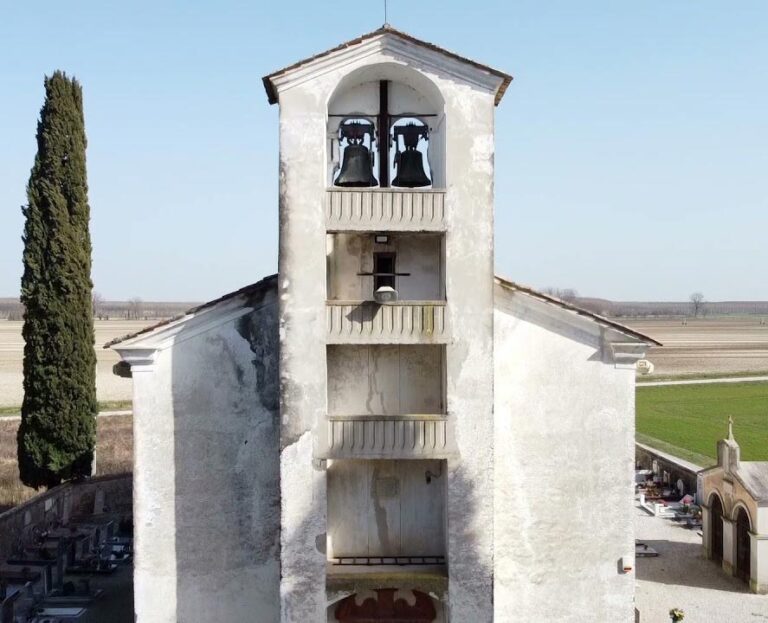
Santa Marizzutta
In the open countryside, not far from the “Ferrata” (the busy road connecting Udine and Portogruaro), you can see the settlement of Santa Marizzutta with the church of Sant’Anna, surrounded by a cemetery. The church, modified and upgraded several times in 1768, dates back to the fourteenth century and sits on very ancient pre-Christian grounds, perhaps from Roman times. In the past, on Easter Monday, in the meadows in front of the church a popular festival was held with banquets and dances until late hours; a celebration very much felt by the local communities. The celebration of the “Mass of the mice” on February 27th can also be defined as peculiar.
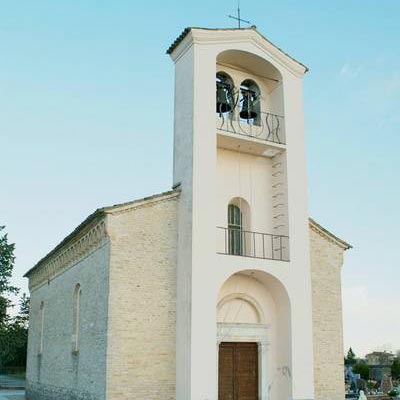
Chiesetta dell’Assunta – church
On the edge of the village of Santa Marizza, silhouetted on the fields, there is the cemetery church of the Assumption. A cultic building celebrated by poets, writers and painters. Already existing in 1247, the little church consists of an older quadrangular presbytery and a hall which was added in the fifteenth century. The hall presents a peculiar cornice with blind arches just under the roof, elongated windows, bell gable on the façade and a sacristy added in 1682. The presbytery presents a rib vault, entirely frescoed and recently restored.
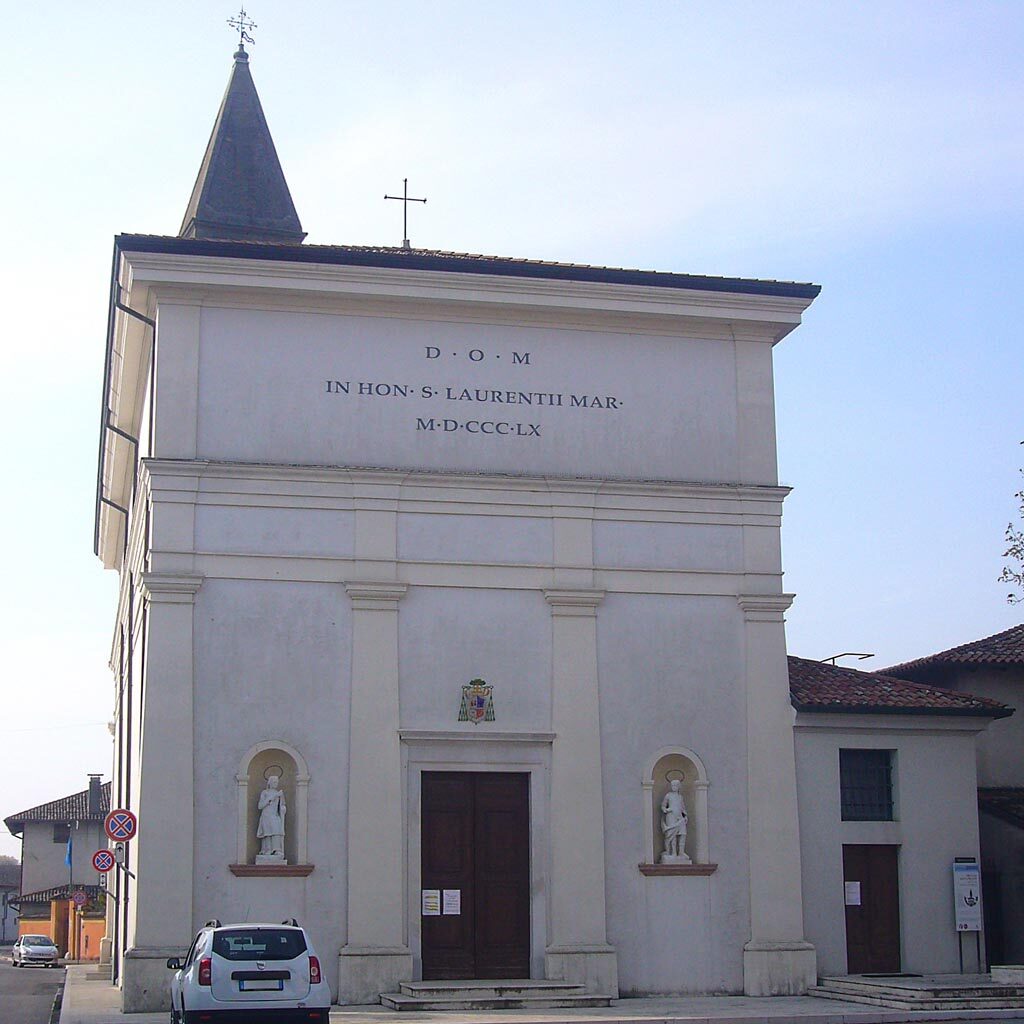
Pieve di S. Lorenzo – church
The church of San Lorenzo in Varmo is a nineteenth-century building that sits on ancient grounds; this church has been rebuilt for four times over the years, and it presents a neoclassical architecture and an unfinished pronaos façade. Behind the apse, stands the characteristic “Venetian” bell tower of 1774. The interiors host the triptych by Giovanni Antonio de’ Sacchis; a monumental gilded wooden frame with three large canvases depicting the Madonna and Child, Saints Lawrence and James Major and St. Michael the Archangel with St. Anthony Abbot. Finally, an altarpiece by Pomponio Amalteo depicting the Madonna with Child and Saints, the “Transfiguration” by Francesco Floreani and the cycle of the “Seven Sorrows of Mary” by the Lombard Vincenzo Orelli.
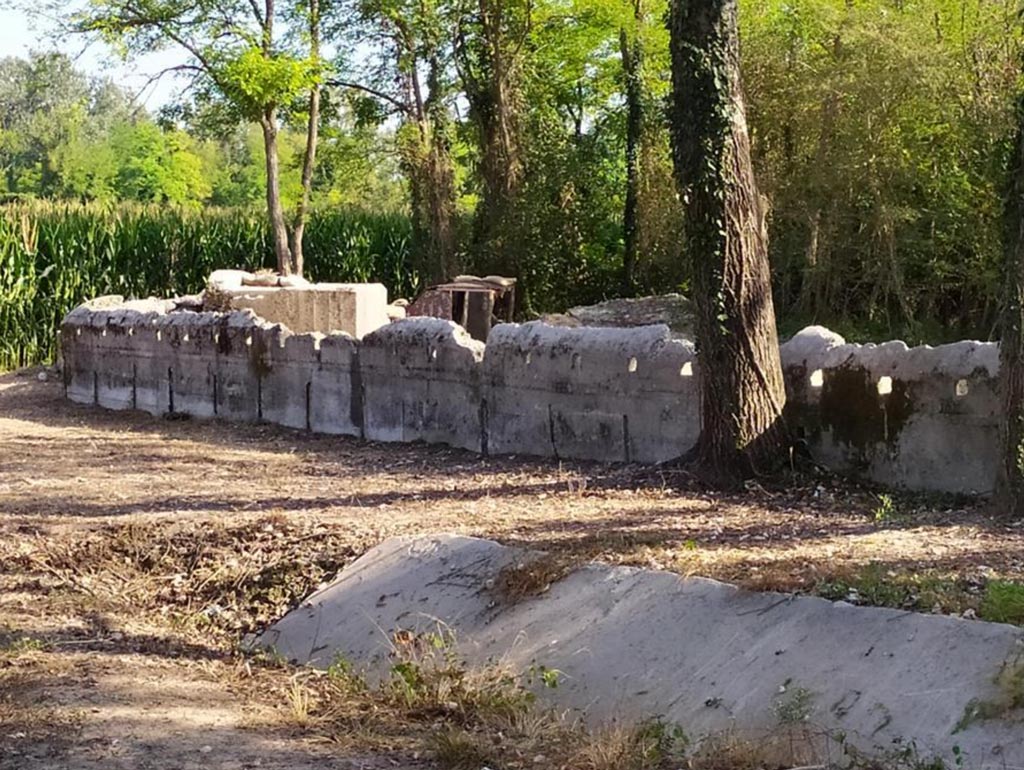
Madrisio: the trenches
Next to the Tagliamento river, near the locality Madrisio, thanks to private individuals it was possible to recover and enhance the largest remains of the entire entrenched line built in 1916 along the banks of the river, in view of what would have happened at the end of October 1917: the passage of the Third Army, and the stop of the Austro-Hungarian army as the old bridge got blown up.
Start now by clicking on the map
Stay and find them all.
Varmo River
The territory of Varmo is crossed by the homonymous resurgent river, along whose entire course you can admire a lush vegetation that offers an uncontaminated environment of peculiar beauty, where silence is interrupted only by the singing of birds or by the flowing water. While enjoying the enchantment produced by the play of water currents and the soft swaying of algae and aquatic plants, the romantic description by writer Ippolito Nievo comes to mind: “In the middle of this territory with several springs which perhaps come to life underground from the nearby Tagliamento river, a vague riviera takes form which they call the Varmo, and it is such a dear and cheerful thing to see, like a sylvan virgin who isn’t aware of her gracefulness.”
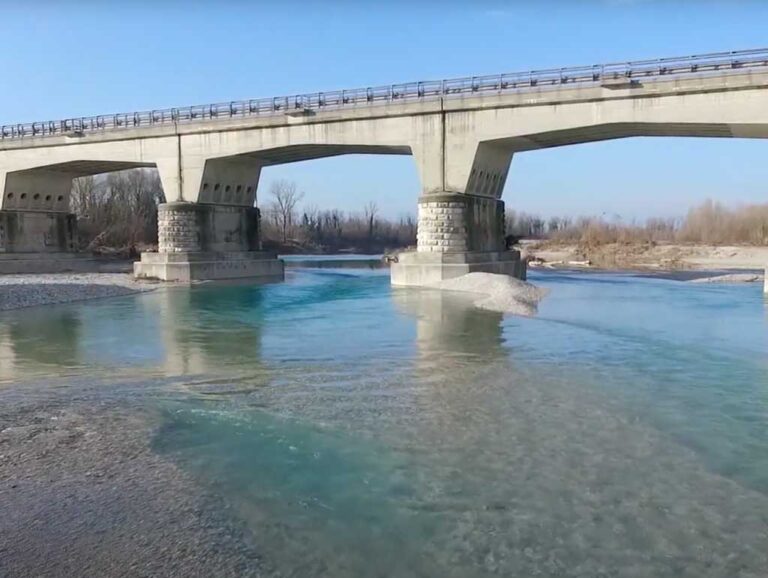
Madrisio: the bridge
The town of Madrisio is known to most for the imposing bridge over the Tagliamento river, which with its length of 1092 meters connects the two banks. Originally created for strategic-military railway purposes by the Astaldi company and inaugurated in 1956, after decades of abandonment, this bridge has become a fast road tract, called “Ferrata”.
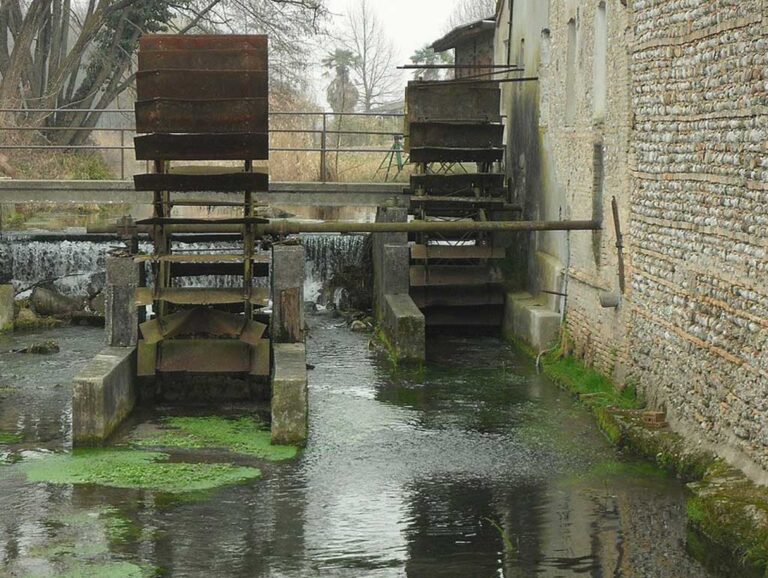
Mulino di “Ser Giorgio” – mill
The mill in Gradiscutta was celebrated already at the end of the ‘600 by the poet Ermes di Colloredo, and then by Ippolito Nievo in the novel “Il Varmo” (1856). Nievo gave life to a fantastic character in his novel: “Ser Giorgio”, an old miller. The mill was mentioned in 1806 by Cinzio Frangipane, while Falcioni made a careful technical description in 1876 with the introduction of the new “tax on ground flour”, also highlighting the economic importance of the mill. In view of the many waterways, in the territory of Varmo there have been other mills, which have now disappeared.

